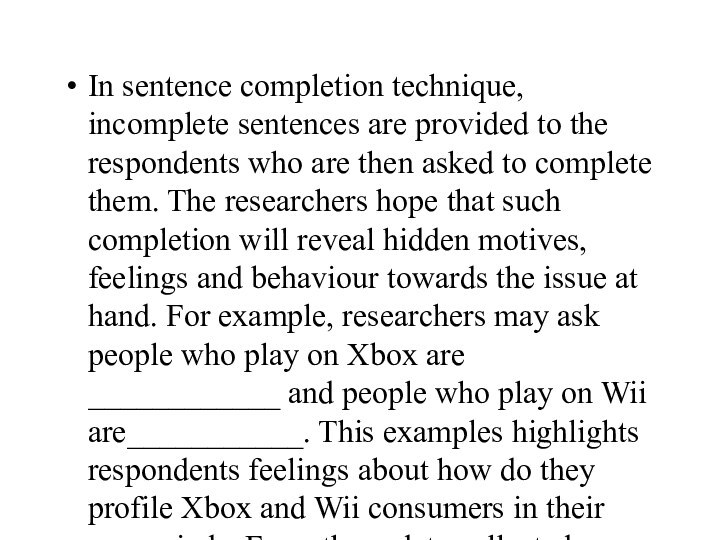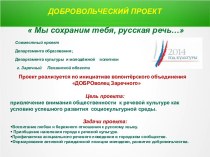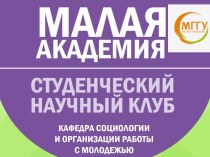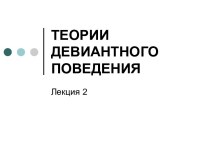- Главная
- Разное
- Бизнес и предпринимательство
- Образование
- Развлечения
- Государство
- Спорт
- Графика
- Культурология
- Еда и кулинария
- Лингвистика
- Религиоведение
- Черчение
- Физкультура
- ИЗО
- Психология
- Социология
- Английский язык
- Астрономия
- Алгебра
- Биология
- География
- Геометрия
- Детские презентации
- Информатика
- История
- Литература
- Маркетинг
- Математика
- Медицина
- Менеджмент
- Музыка
- МХК
- Немецкий язык
- ОБЖ
- Обществознание
- Окружающий мир
- Педагогика
- Русский язык
- Технология
- Физика
- Философия
- Химия
- Шаблоны, картинки для презентаций
- Экология
- Экономика
- Юриспруденция
Что такое findslide.org?
FindSlide.org - это сайт презентаций, докладов, шаблонов в формате PowerPoint.
Обратная связь
Email: Нажмите что бы посмотреть
Презентация на тему In-depth interviews
Содержание
- 2. Classification of research designs
- 3. Secondary data sources
- 4. In-depth interviewsIn-depth interviews are an unstructured and
- 5. Focus groupsFocus groups are one of the
- 6. Projective techniquesProjective techniques involve indirect form of
- 7. In pictorial construction technique, the respondent is
- 8. In word association technique, respondents are exposed
- 9. In sentence completion technique, incomplete sentences are
- 10. Скачать презентацию
- 11. Похожие презентации
Classification of research designs







































